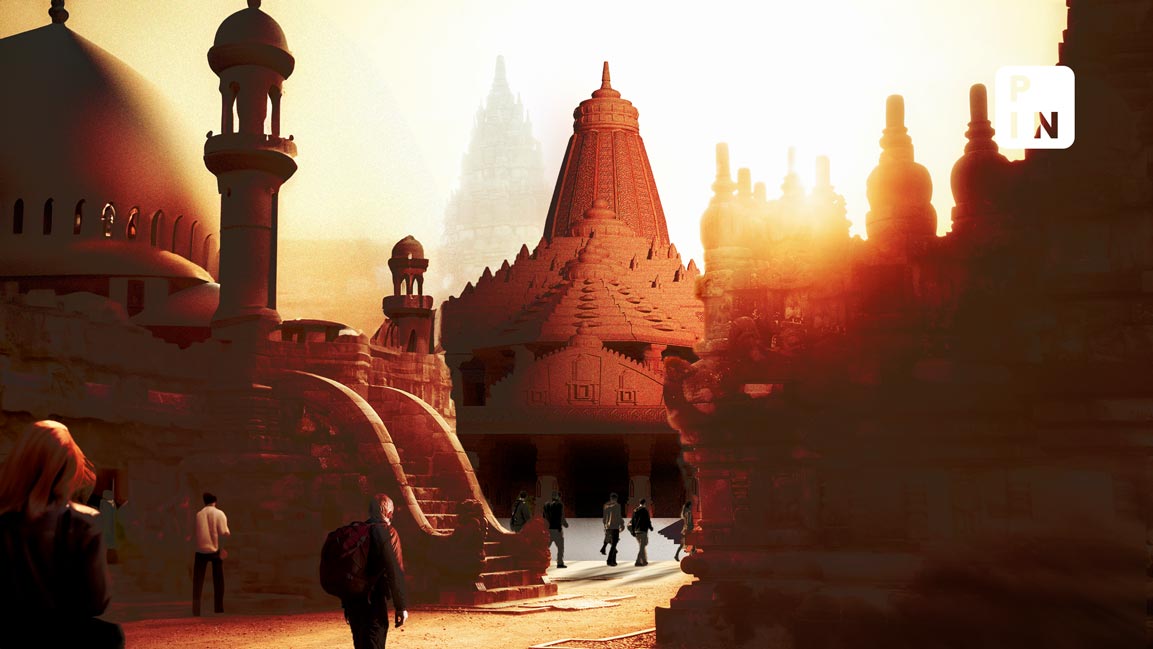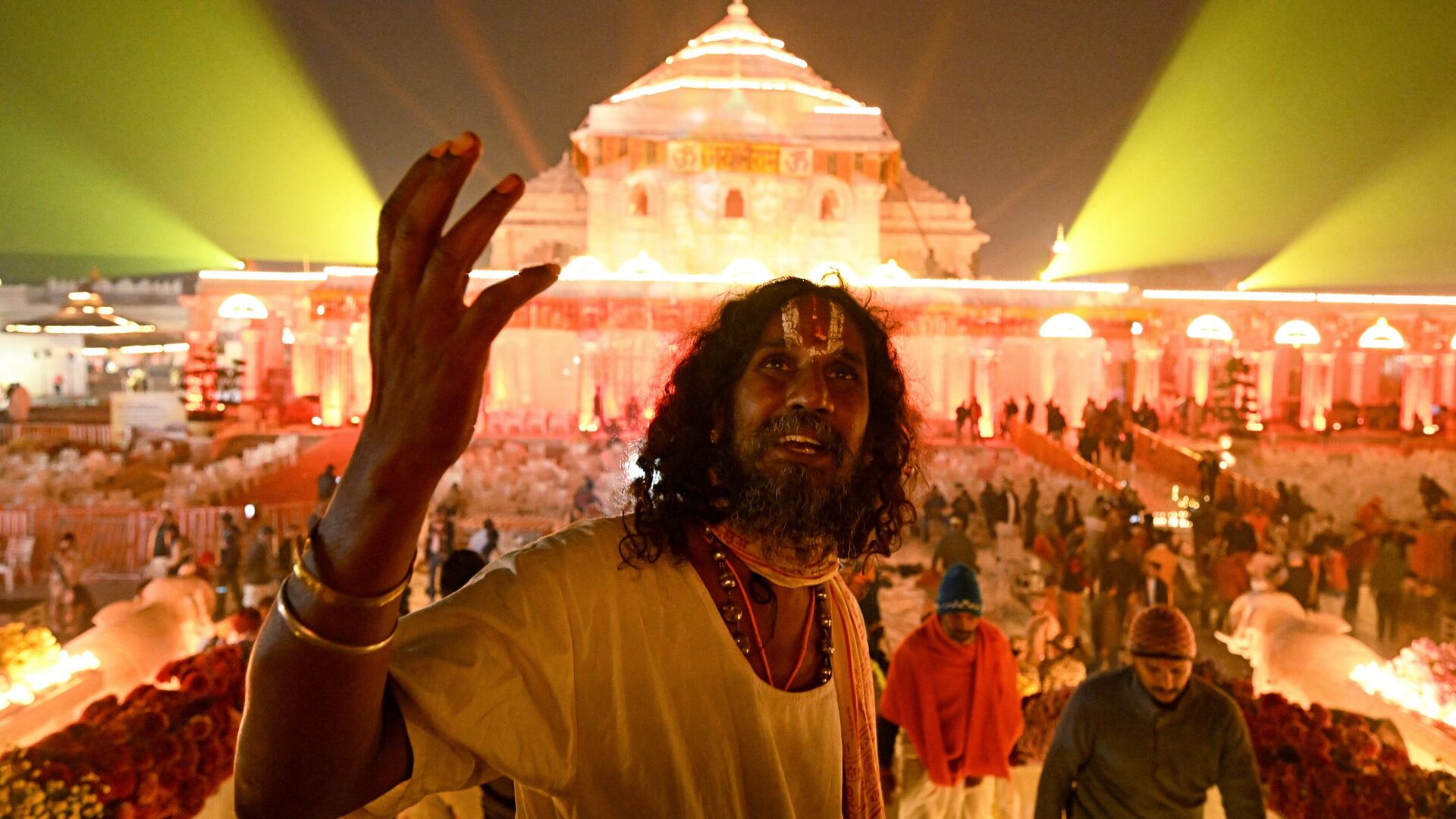India’s religious Tourism Soars 8-Fold, tendencies to watch Out For

In latest years, India has witnessed an extraordinary surge in spiritual tourism, with Varanasi emerging as a outstanding destination. This growth may be attributed to the opening of the remodeled Kashi Viswanath hall and the authorities’s renewed cognizance on non secular tourism. high Minister Narendra Modi highlighted in his ‘Mann Ki Baat’ cope with that Varanasi now welcomes over 10 crore tourists yearly. unbiased surveys similarly revealed an eight-fold increase in Varanasi’s footfall compared to Goa in 2022, with Varanasi hosting 7.2 crore tourists in preference to Goa’s eighty five lakh.

Economic impact
This tourism enhance has appreciably impacted the nearby economic system. Tourism-related profits in Varanasi has surged through 20-sixty five%, even as employment within the zone skilled a awesome 34.2% growth. The spiritual and religious tourism category now accounts for over 60% of tourism in India, with the encompassing economies of sacred places producing near Rs 1.3 lakh crore in 2022, a sizable growth from Rs sixty five,070 crore in 2021.
Also read – Places to Visit Near Varanasi
Pilgrimage and traveller Numbers
In 2022, India witnessed a high-quality 1,433 million domestic vacationers embarking on pilgrimages, and six.sixty four million foreigners traveling sacred websites, reflecting substantial increase in comparison to 2021’s figures of 677 million domestic travelers and 1.05 million foreign visitors.
Also read – Planning Your Trip to Ayodhya from Rajasthan

Branded hotels Capitalising at the growth
In response to the flourishing religious tourism enterprise, hoteliers and travel planners are eagerly capitalising on the opportunity. manufacturers like Wyndham accommodations & inns were exploring ability opportunities in Ayodhya, Tirupati, Pushkar, and Shirdi, increasing their offerings. The demand for branded inn rooms in spiritual destinations has risen, with most important inn chains setting up their presence in those places.
Also read – Top 5 Pilgrimage Places To Visit in India from Delhi in January
Also read – Everything You Need To Know About Chhappan Bhog
Millennial Involvement
apparently, the pilgrimage rush is pushed not most effective by older generations but additionally by means of millennials. India’s children are increasingly travelling to pilgrimage centers, indicating a shift in belief wherein non secular trips are now not seen as solely for the retired community. This demographic variety has fueled demand for branded and luxury inns at those sacred websites, with luxury lodges and accommodations supplying unique facilities and reports to cater to the growing market.

Infrastructure improvement
The Indian government’s proactive approach in constructing infrastructure at pilgrimage sites has been a sizeable contributing issue to the boom of non secular tourism. The rejuvenation of locations like Varanasi’s Kashi Vishwanath Dham and Kedarnath has led to a surge of tourist footfall, showcasing the effect of infrastructure improvement on tourism. underneath various initiatives, 73 places across 31 states and usahad been particular for spiritual and pilgrimage tourism improvement, with considerable finances allotted to the purpose.
Buddha Circuit and challenges
spotting the capacity of attracting overseas travelers and boosting foreign exchange, the government is growing the Buddha Circuit, connecting diverse web sites associated with Buddha in 5 states. but, the slow progress of many projects due to elements along with delayed fund disbursal and inadequate tracking has been referred to in a Niti Aayog record. no matter the colossal ability of the Buddha Circuit, efforts are needed to improve public infrastructure, visitor centers, advertising, and ordinary tourist enjoy to compete with different Buddhist international locations like Sri Lanka and ASEAN.
Anticipated destiny
As we analyze the modern tendencies on this sector, it turns into evident that the panorama of non secular tourism is poised for further transformation. right here are the approaching trends that are probably to form India’s spiritual tourism inside the near destiny.
Tech-driven reviews
As millennials and tech-savvy tourists an increasing number of embark on spiritual journeys, technology is set to play a pivotal role in improving their studies. From digital reality guided tours of sacred web sites to immersive augmented truth studies in the course of rituals and ceremonies, tech-driven improvements will create specific connections among tourists and the religious destinations. mobile apps offering multilingual courses, detailed information about local arts, crafts, and cultural events will further improve the pilgrimage enjoy for visitors.
Sustainable and Tourism
With environmental attention on the upward push globally, the idea of sustainable and tourism is finding its manner into the spiritual tourism industry as properly. Pilgrims and vacationers are searching for destinations that prioritize practices, inexperienced projects, and responsible tourism. assume to witness an growth in eco-conscious lodges, organic meals alternatives, and waste control initiatives in spiritual websites. government and hoteliers are in all likelihood to collaborate in preserving the herbal splendor and sanctity of sacred places, thereby selling a sustainable pilgrimage enjoy.

Wellness and spiritual Retreats
As humans are trying to find holistic reports, wellbeing and spiritual retreats are becoming more and more popular. spiritual tourism is evolving past mere non secular pilgrimages to consist of sports like yoga, meditation, and wellbeing treatments. non secular sites will now not handiest function locations of worship but additionally as facilities for rejuvenation and inner peace. health-oriented hotels and curated retreats will cater to a new breed of travelers looking for non secular restoration and private growth.
Media pushed tourism
The bulging consumer base of social media apps has come to be a important motive force of religious tourism. Lesser-regarded places are witnessing accelerated footfalls in basic terms driven by means of their reputation on social media. several spiritual leaders have obtained massive virtual target audience, fuelling tourism to locations relevant to them. as an example, Chattarpur district in Madhya Pradesh became a tourism hotspot inside a span of a yr, driven by way of the recognition of young non secular leader. except social media, large-finances movies on Indian epics too are reviving interest in lesser-regarded non secular locations. a number of films primarily based on mythologies like Ramayana and Mahabharata are slated to launch inside the near destiny, that can renew hobby in places like Chitrakoot and Kurukshetra.
Personalization and Customization
within the generation of personalised reports, religious tourism isn’t any exception. Pilgrims and vacationers will call for tailor-made itineraries and customized offerings to fit their character options and ideals. travel businesses, resorts, and excursion operators will leverage records analytics and AI to apprehend travelers’ wishes and create customized applications, offering a unique and significant journey for every traveler.
Niche non secular Tourism
while the general non secular tourism industry is growing, area of interest segments also are expected to flourish. niche non secular tourism will focus on unique religious traditions, ancient websites, or cultural experiences. as an example, the development of the Buddha Circuit will cater to Buddhists from around the arena. further, web sites associated with Sufi saints, Jain temples, and Sikh gurdwaras will appeal to fans of those faiths. This diversification will enable travelers to discover and deepen their connection to their specific religious paths.
